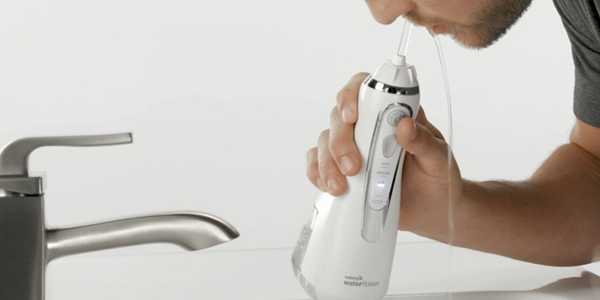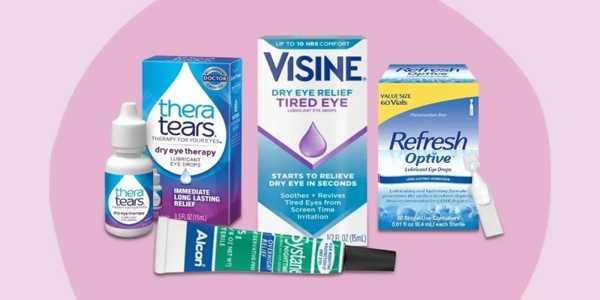How To Use a Water Flosser For Perfect Oral Care
Effective oral hygiene includes flossing to prevent decay and gum disease. The water flosser, especially cordless models, offers a user-friendly alternative. This article guides you on how to use a water flosser properly, highlighting its benefits to help maintain optimal oral health and a radiant smile.

Understanding Water Flossers
A water flosser, or oral irrigator, uses a pressurised stream of pulsating water to clean food particles and plaque from between teeth and below the gumline, offering a gentler, more efficient alternative to traditional floss, especially for those with braces or dental work. Available in larger countertop models with adjustable pressure and multiple nozzles for home use, or compact, battery-operated portable versions ideal for travel, water flossers consist of a water reservoir, a nozzle, and a pressure control. These components work together to enhance oral hygiene and improve overall dental health.
Choosing the Right Water Flosser
Choosing the right water flosser involves evaluating key factors to ensure optimal oral care. Adjustable pressure settings, ideally with at least three levels, allow customisation for different sensitivities and preferences. Size and portability also matter—compact models suit frequent travellers, while larger units offer bigger water reservoirs but may be less convenient.
Top brands, such as Waterpik and Philips Sonicare, lead the market. The Waterpik WP-660 is praised for its customizable pressure and large reservoir, whereas the Philips Sonicare AirFloss combines water and air in a portable design. Consider your oral care habits and lifestyle to select the best water flosser for your needs.
Preparing to Water Floss
To successfully navigate water flossing, begin by gathering the necessary items for a seamless experience. Here’s a practical checklist:
Water Flosser: Ensure the device is sanitized and functioning correctly.
Water: Opt for lukewarm water as it provides a more comfortable experience compared to colder or hotter variants.
Sink: Position yourself near a sink to manage any splashes that may occur conveniently.
Filling the Water Reservoir
Locate and detach the water reservoir from your flosser, then fill it with lukewarm, filtered, or distilled water up to the recommended line. Securely reattach the reservoir to prevent leaks. Start with a low-pressure setting if you’re new to water flossing, gradually increasing it as you become more comfortable.
Choosing the Right Time and Place
Selecting an optimal time and setting for water flossing significantly impacts the experience. The bathroom sink area is ideal—a contained space where splashes can be managed easily. This environment not only enhances focus on oral hygiene but also streamlines cleanup efforts post-flossing.
Step-by-Step Guide to Using a Water Flosser
Utilizing a water flosser can elevate your oral hygiene routine. Here's an organized, step-by-step guide to practical usage:
1. Positioning the Flosser: Place your water flosser on a steady surface near your sink. Ensure the water reservoir is filled with lukewarm water for gum comfort. Plug in the flosser and attach the appropriate nozzle if multiple options are available.
2. Beginning with the Back Teeth: Commence flossing at the back of your mouth, enabling you to work your way forward systematically. Lean slightly over the sink to prevent excessive splashing while activating the flosser at the lowest setting to acclimate yourself to the pressure.
3. Recommended Angles and Techniques: Angle the flosser at a 90-degree tilt relative to your gumline. This positioning directs the water stream efficiently between your teeth and along the gum line. Tilt the nozzle slightly toward the gum line to maximize the impact.
Effecting the Water Stream: Aim the water stream directly at the gaps between your teeth and along the gumline. Allow the water to flow through the spaces rather than spraying directly at the gums, which may induce discomfort.
5. Duration of Water Flossing: For optimal results, utilize the water flosser for approximately 1-2 minutes per session. Dedicate about 30 seconds to each quadrant of your mouth to ensure thorough cleaning between teeth and beneath the gumline.
By following these steps, you can effectively incorporate water flossing into your daily oral hygiene routine, resulting in improved dental health.
Common Mistakes to Avoid
Many first-time water flosser users make common mistakes that reduce the effectiveness of their use. Incorrect positioning—too close to the gumline causes discomfort, too far misses areas—can be avoided by keeping a small gap for proper cleaning. Rushing through flossing leads to neglected spots; spend about 30 seconds per mouth quadrant. Mismanaging pressure settings is another issue: beginners often use too high or too low pressure. Starting at medium pressure and adjusting for comfort ensures better results. Correcting these errors improves the flossing experience and oral health.
Best Times to Water Floss: Morning & Evening
For optimal benefits, incorporate water flossing into your oral care regimen twice a day, in both the morning and evening. Morning water flossing removes plaque and food particles that have accumulated overnight, preparing your mouth for the day ahead. Evening flossing serves to cleanse your teeth and gums of debris collected throughout the day, ensuring a fresh mouth before rest.
Integrating Water Flossing with Brushing and Traditional Flossing
To maximize oral hygiene, combine water flossing with routine brushing and traditional flossing. Start by brushing your teeth to dislodge sizable particles, then follow up with water flossing to rinse away remaining debris and bacteria between your teeth and along the gumline. Traditional flossing can serve as an alternative when you need a quick clean without the setup hassle of a water flosser.

Consistency is Key
Integrating water flossing into your daily hygiene routine is essential for long-term dental health. Establish a consistently scheduled practice that includes water flossing daily to cultivate a habit. Such regularity ensures you benefit from enhanced plaque removal, reduced gum inflammation, and overall improved dental health. By dedicating just a few minutes daily, you are taking substantial steps toward a healthier and brighter smile.
Elevating Your Oral Health with Water Flossing
Water flossing represents a significant innovation in dental care, efficiently clearing plaque and debris from between teeth and beneath the gumline, thereby lowering the chances of gum disease and cavities. It is more user-friendly than traditional floss and can access hard-to-reach spots, contributing to healthier gums and a brighter smile. By incorporating a water flosser into your daily routine, you can achieve consistent and improved oral hygiene through the use of practical tools.





